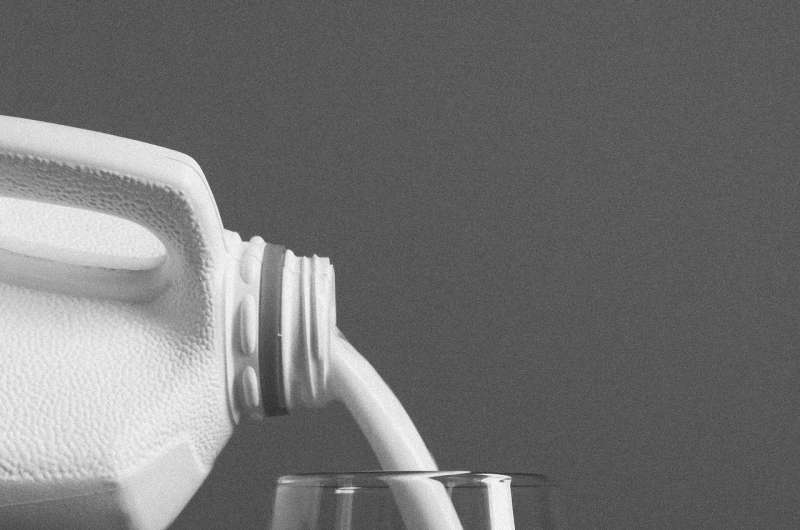Natural lipids in buttermilk could contribute to reducing cardiovascular risk in vulnerable populations

Dairy products contain a wide variety of lipids, including triglycerides and polar lipids, the latter being specific lipids that naturally stabilize fat droplets and are notably found in cream and buttermilk. Polar lipids play a crucial physiological role as they are essential components of cell membranes. Preliminary experiments in rodents had revealed the beneficial effects of milk polar lipids on liver metabolism and the regulation of blood cholesterol levels. However, until now, these effects had never been demonstrated in human volunteers with a high cardiovascular risk.
The research teams therefore tried to decipher the impacts of milk polar lipids on the cardiovascular risk profile of overweight postmenopausal women, a population that is particularly vulnerable to this risk. To achieve this, 58 such volunteers were asked to include cream cheese that was more or less enriched in milk polar lipids as part of their daily diet. After a month of consuming a specially-designed buttermilk concentrate enriched in milk polar lipids (a by-product of butter manufacture), the team observed a significant reduction in their blood levels of LDL cholesterol, triglycerides and other important markers of cardiometabolic risk. These milk polar lipids thus improved the cardiovascular health profile of these postmenopausal women.
The scientists then sought to unravel the mechanism underlying this effect. Their complementary studies suggested that certain milk polar lipids and cholesterol (of both dietary and endogenous origin) may form a complex in the small intestine that cannot be absorbed by the gut and is ultimately excreted in the stools.
These findings could ultimately provide foundations for new nutritional strategies to reduce cardiovascular risk factors in certain vulnerable populations. Furthermore, they should contribute to a diversification of the ingredients used by the agrifood industry. Indeed, the functional properties of milk polar lipids relative to the texture of foods, alongside their potential protective effects on health, could offer a promising alternative to the soy lecithin that is currently used in a large number of foods, as well as providing an opportunity for the valorization of buttermilk.
More information: Cécile Vors et al. Milk polar lipids reduce lipid cardiovascular risk factors in overweight postmenopausal women: towards a gut sphingomyelin-cholesterol interplay, Gut (2019). DOI: 10.1136/gutjnl-2018-318155


















